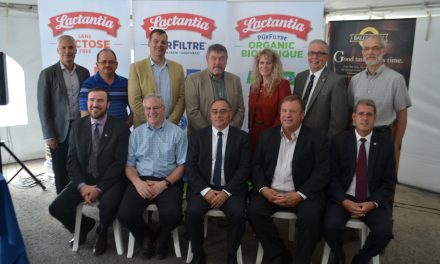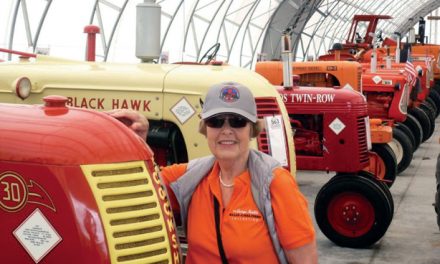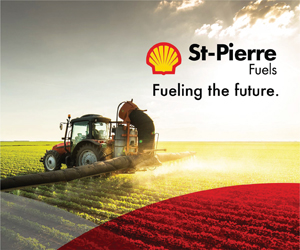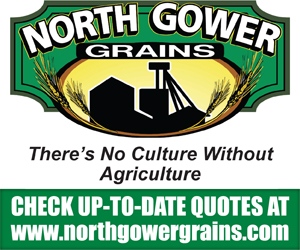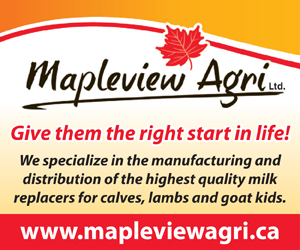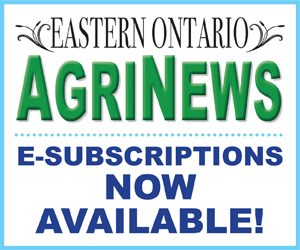By Kelsey Banks, Agronomist
AgriNews Contributor
Imagine this: you are a livestock farmer sitting in your farm office and with you is your family or on-farm team along with your agronomist and livestock nutritionist. It is the end of November, and you are preparing to pre-order your seed and other crop inputs. You are probably asking yourself right now, what does my livestock nutritionist have to do with crop planning and crop inputs? The answer – they offer a lot of knowledge that may help your farm business!
Every farmer, whether they are strictly a grain farmer or livestock farmer, has a farm team. Your farm team includes anyone that provides value to your farm business. This includes anyone and everyone including your agronomist, your livestock nutritionist, your farm accountant, etc. along with some of your family and friends. If they do something that brings value, or helps, your farm business, they are a part of your farm team.
If you are growing a crop destined as a feed crop, it is beneficial to have a crop planning meeting with a few members of your farm team – your agronomist and your livestock nutritionist. It may seem odd to invite your livestock nutritionist to a crop-based meeting, but your livestock nutritionist knows what feed crops should be grown and how much is required to feed your livestock the best ration for an optimum diet, but also to help you get the most out of your crop inputs and feed budget. Together you, your agronomist, and your nutritionist can develop a plan that works for you, your livestock, and your farm business that meets agronomic and livestock nutritional needs.
Here are some of the questions your agronomist may be able to better find answers to if your farm team can work together:
What crop is going to go in which field? Is there an opportunity for further crop rotation?
Some farms only have enough land to grow feed for their livestock. Sometimes, these fields end up being consistently in a single crop. Although it is easier to then remember that field’s history, crop rotation offers many benefits. Maybe you have a field that has been in corn for corn silage for the last 10 years and you are looking to grow a feed crop to provide more protein in the ration. In this example, the farm team could decide to instead grow soybeans for soybean silage instead of as a protein source.
What varieties should we select to grow?
From an agronomist’s perspective, we want to be able to help you select the best feed crop varieties to grow in your fields that works well with your crop management style and the environment. This meeting of the livestock nutritionist and agronomist may help you get a better return-on-investment for both your feed and crop costs.
How much of this feed crop is required?
When agronomist’s work with livestock farmers, it is not uncommon that we have a yield goal in mind for your field to grow. However, most of the time, if we forgot to ask for a specific goal, we work toward a goal of what we know that variety and field can grow. If a livestock nutritionist and agronomist can work together on feed crop yield goals, the agronomist can provide input on realistic yields in the area and together a crop plan can be developed.
Crop planning and scouting
After developing a feed crop budget, it is important to have your animal nutritionist, agronomist, and you to meet to discuss crop planning and scouting. The agronomist will most likely want to help you create a strategic integrated pest management (IPM) plan so you can grow the best quality and most nutritious feed crop by managing, hopefully preventing, any pests from lowering the crop’s potential yield or feed nutritional quality. With crop planning, follows creating a scouting plan. Although this team does not all have to scout at the same time, it may be beneficial to plan to scout together when possible, to ensure that the farm team is all working toward the same goals.
A farm team includes members with knowledge about specific topics such as livestock nutrition or agronomy. By bringing your farm team together, you will see what working together can do for you and your farm business.




